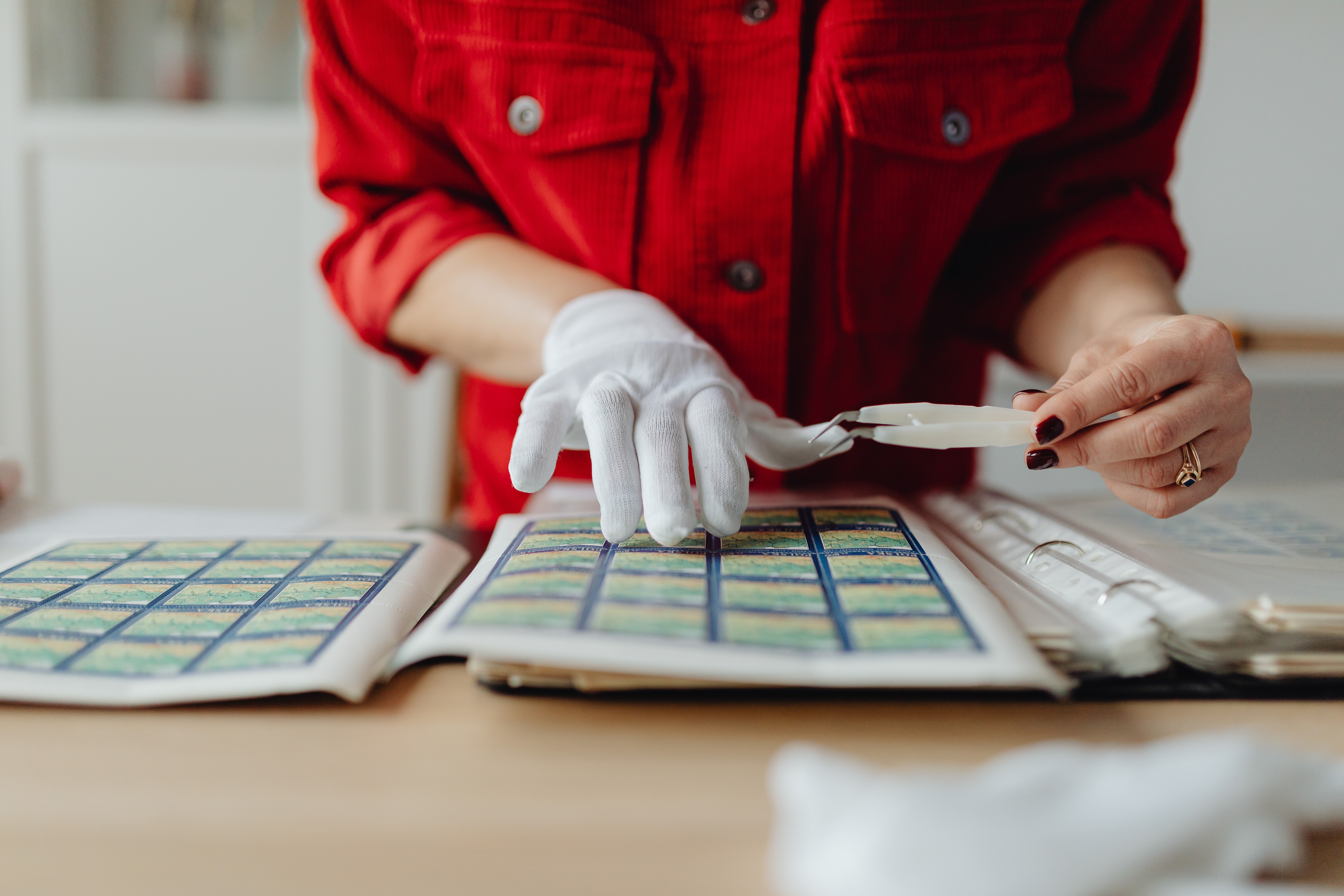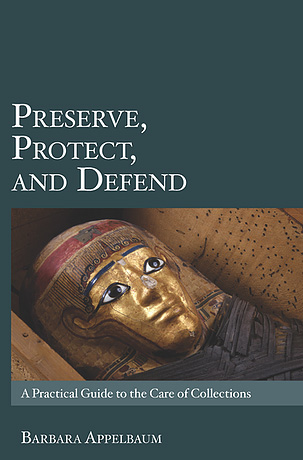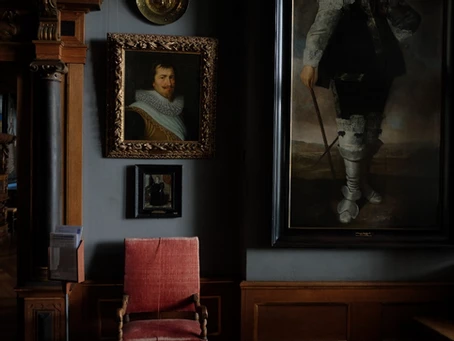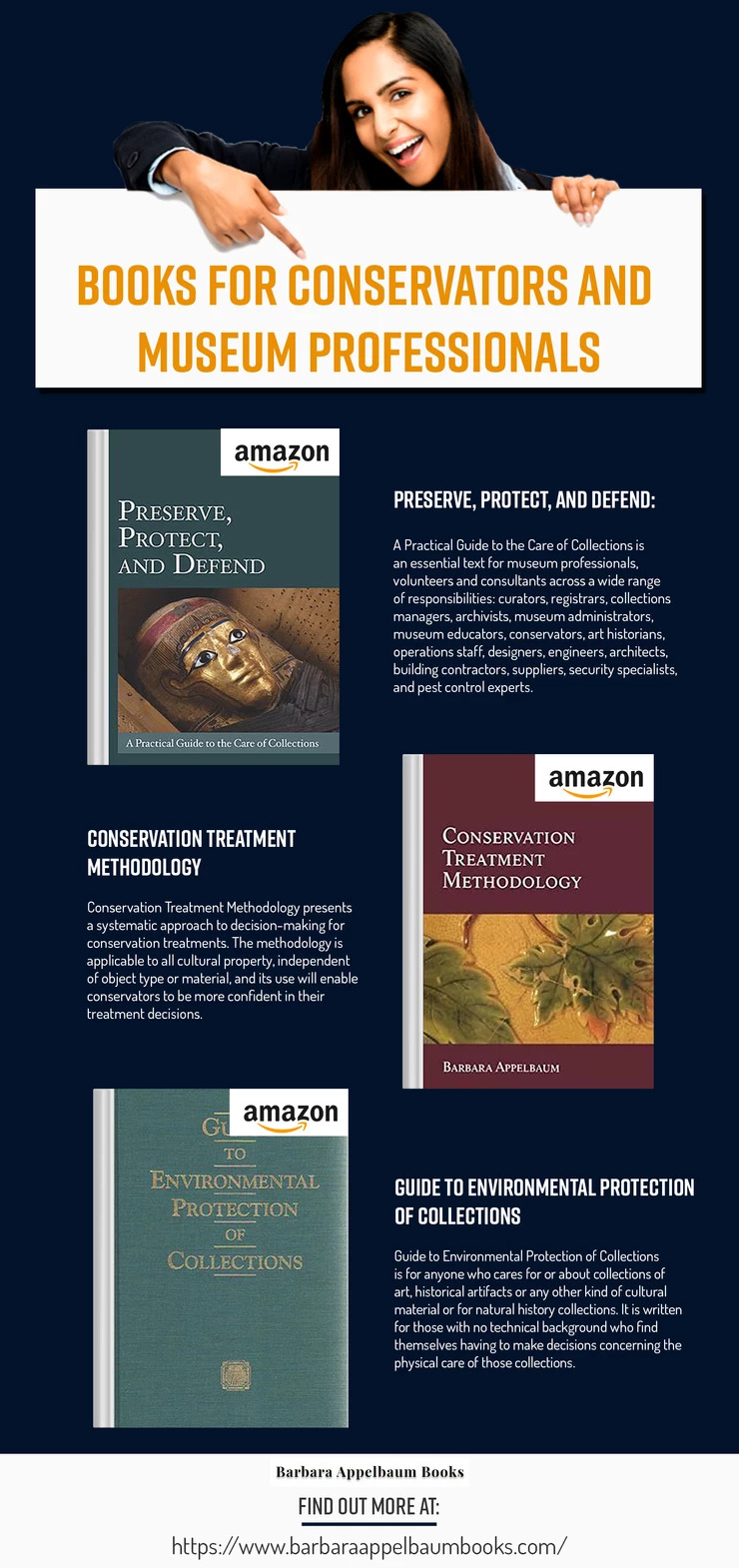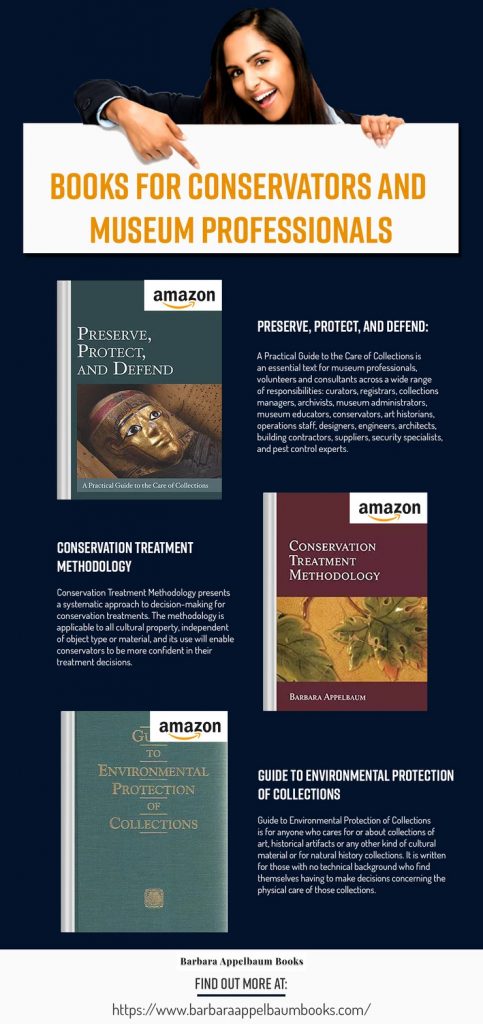The significance of collections care is almost critical as preservation of cultural property is among the most effective means of protecting and conserving antiques and precious collections. This is why connecting to collection care is critical. Fortunately, this domain sees a growing number of collections care professionals and conservators with strong museology backgrounds, interests, and responsibilities who have worked on several projects that eventually support the ethical practice of collections care.
What is Connecting to Collections Care?
Among the major pillars of museology and collection management and perseveration of collection, collection care deems the most crucial as it involves caring for the collection through careful strategies and values. Effective care of collections includes-
- Strategic Mitigation
Generally, according to regular norms like storage in a dry, cool, dark place is followed but not entirely relied upon. Regardless of how sensible it sounds; the plan is to systematically mitigate the conceivable risks concerning the costs and usefulness of collections that get tarnished over time.
- Systematic Values
The purpose of following these strategic values is to solely protect its solid-state but also other values that contribute to the entire purpose of preserving a collection.
- Consider all risks
The idea is to mitigate all risks and not focus on the received wisdom of concentrating on few tell-tale risks. Everything should be deemed suspicious and all risks should be considered a priority as anything can inadvertently cause harm to the collection. It begins with prioritizing physical risks such as wear and tear, pests, breakage, theft, flood fire, misplacement, and distortion. Following with damage-inducing agents such as light, temperature, relative humidity, and contaminants, etc.
The entire team of professional collectors, conservators, curators, facility managers, archivists, architects, designers, collection managers, exhibit designers, maintenance staff, and security staff give a new meaning to connecting to collections care through effective preservation.
According to AIC Health and Safety Network, Unlike industrial workers who are likely to encounter higher doses of potentially hazardous materials resulting in acute exposure, museum workers are more likely to be exposed to low-level doses of heavy metals [and other toxins] over an extended period, resulting in chronic health problems.
This is why safety against hazardous materials for museum works is no less than combat. Museum workers are constantly around these toxic materials for a long period so it becomes all the more critical that such objects are encountered and how the team can limit the exposure to such hazards.
Hazardous Materials to Collection Care
As crucial preservation is to the collections, hazardous materials and risks are not highlighted as evidently as they should. Therefore, it is important to how to approach it and what measures should be taken to protect the actions taken towards preservation.
Everyday routine has the team engaged in daily museum tasks and adds to the exposure to hazardous materials. It includes tasks such as exhibition preparation, Object photography, Complying with strategic measures, and storage reorganizations. Each of these tasks has the member/employee dealing with hazardous elements such as naphthalene, DDT, asbestos, and Arsenic mercury and lead in rather close proximity.
What makes an element hazardous?
Although anything with a danger sign or related symbol will have you alerted there are roughly three categories-
- Chemical hazards- these are toxic or poisonous toxins that can have short-term or acute effects on the body. These could also be carcinogens that could cause accumulate and cause damage for a longer time and have a chronic effect. In collection care, chemical hazards would be pesticides, formaldehyde heavy metals that appear in a wide variety of forms, and ethnobotanical toxins.
- Physical hazards- these might not be toxic but dangerous that can harm the body physically. These include flammable or explosive agents such as cellulose nitrate and pressurized objects that might explode (radioactive materials) and cause physical damage. Also, objects with sharp edges are dangerous as well. Asbestos can fall under this category as its accumulation causes physical trauma inside the lungs.
- Biological hazards- include infectious substances through organic materials or creatures. For instance, hantavirus which is spread by mice is dreaded in collection care. It includes other pathogens, molds, bird droppings, etc.
Connecting to Collections Care– Evaluation & Preservation
There are certain steps that help in locating and identifying the potential hazards in the collection. This is really important as it can prevent the potential dangers in the museum.
- Research
The best and the most ideal way to reduce exposure to hazardous materials would be to research to build familiarity with toxins from a collection care standpoint. This includes valuable literature and information available in several institutions to identify and manage. There are a lot of toxicological data available on various substances so that you exactly how dangerous an element is and gets. Research helps you identify certain pharmaceuticals and related terminologies easily that would otherwise be slightly challenging.
- Collection Exploration
Evaluation is incomplete without surveying the object records and storage. This way you as a curator, collector, or carer can easily detect the historical notations of toxic or poison in the collections. This includes intrinsically toxic objects or collections treated with pesticides. Surveying helps in making oneself familiar with the collections as it later becomes easy to detect and identify hazards.
- Analytical Testing
There are a lot of toxins that do not get detected by the naked eye and can be identified through analytical testing. The two most useful techniques are X-ray fluorescence (XRF) and gas chromatography-mass spectrometry (GCMS). These non-invasive to minimally invasive techniques can be used for detecting toxic elements like heavy metals, organic pesticides, and ethnobotanical toxins.
Connecting to Collections care is possible by preventing hazardous elements from overpowering the environment of the museum or any space for that matter; enabling safe and healthy space for the entire team.

